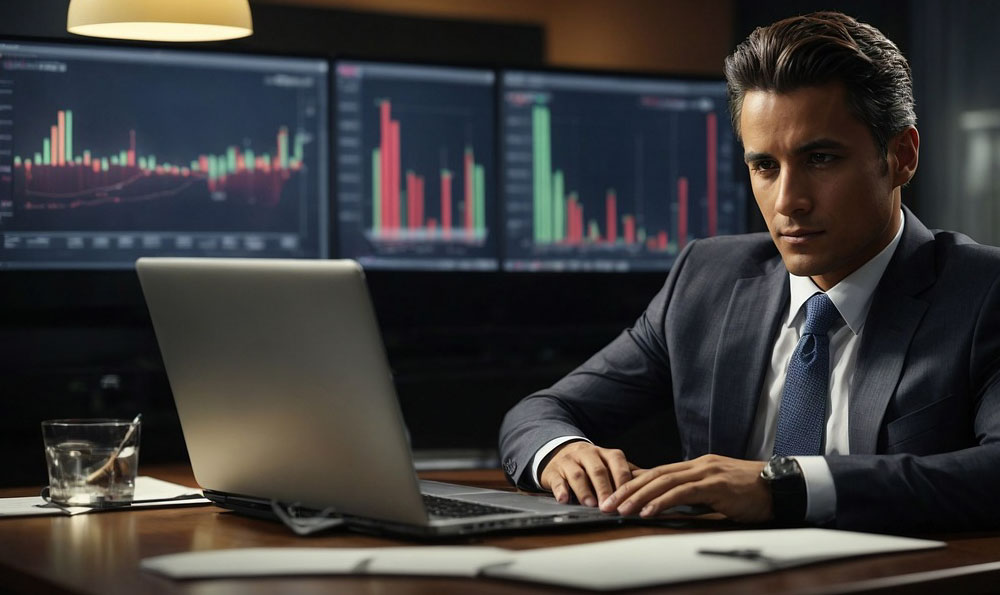Living with disability benefits often means navigating a unique financial landscape, where stability and flexibility must coexist. For many, these benefits serve as a crucial safety net, ensuring a baseline income to support daily needs and medical expenses. However, the question of how much one can earn through other means—particularly in the realm of digital assets and cryptocurrency—can spark both curiosity and uncertainty. Understanding this dynamic requires a nuanced approach, blending knowledge of financial regulations with awareness of the risks and opportunities that come with capitalizing on the digital economy.
Disability benefits, such as Social Security Disability Insurance (SSDI) or Supplemental Security Income (SSI), are carefully structured programs designed to provide financial assistance to individuals who are unable to work due to a qualifying disability. These programs typically have strict income and asset limits, which can impact one’s eligibility or benefit amount. For example, SSI has a federal limit on countable income, which in 2023 stands at $843 per month for an individual. Any income exceeding this threshold could potentially disqualify someone from receiving the benefit. Conversely, SSDI does not impose the same income limits, but it does have a "substantial gainful activity" (SGA) threshold, which is $1,350 per month in 2023. Exceeding this amount may lead to a reassessment of one’s disability status. Understanding these boundaries is essential for anyone seeking to supplement their income without jeopardizing their existing benefits.
While the primary focus during disability periods is often on managing expenses, the possibility of generating additional income through alternative channels can offer a pathway to financial independence. Investing in digital assets, such as cryptocurrencies, requires careful planning and awareness of these constraints. For instance, if an individual is receiving SSI, they must be mindful of how their investment activities affect their countable income. Simple strategies like reinvesting capital gains or using tax-loss harvesting can help mitigate impact. However, even these tactics require thorough understanding, as the taxation of cryptocurrency can be complex and vary by jurisdiction.

The potential for earning income through cryptocurrency investments is influenced by several factors, including market volatility, technological innovation, and regulatory changes. Unlike traditional investments, cryptocurrencies are highly speculative, with prices often fluctuating rapidly. This volatility can create both opportunities for substantial gains and risks of significant losses. For example, during a bullish market, a well-timed investment in a promising cryptocurrency could yield exponential returns, but during a bear market, the same investment might lose a large portion of its value. Therefore, the earnings potential is not linear and depends on a combination of timing, market conditions, and strategic decision-making.
One of the key considerations for individuals on disability benefits is the concept of "double-dipping"—the ability to supplement their income while maintaining their eligibility for benefits. In some cases, this may be possible if the primary source of income is strictly managed. For example, if an individual is generating passive income from investments, such as dividends or staking, they can explore whether these proceeds fall under "income" or "assets" that may impact their benefits. However, the boundary between passive and active income can be blurry, requiring careful documentation and analysis.
Moreover, the process of investing in digital assets involves navigating the complexities of blockchain technology, market trends, and security protocols. Individuals on disability benefits may benefit from leveraging educational resources, such as books, online courses, or expert consultations, to build a foundational understanding of this space. For example, the book "The Bitcoin Standard" by Saifedean Ammous provides valuable insights into the long-term implications of cryptocurrency for individuals seeking financial autonomy. Similarly, online forums and communities offer opportunities to engage with experienced investors and gain real-time market intelligence.
Risk management is another critical aspect of generating income while on disability benefits. The digital asset market is notoriously unpredictable, with the potential for both significant appreciation and catastrophic depreciation. Therefore, it is essential to approach investments with a long-term perspective and avoid overexposure to high-risk assets. Diversification remains a cornerstone of sound investment strategy, and this principle is especially relevant in the context of cryptocurrency. By spreading investments across multiple digital assets, individuals can reduce their exposure to any single coin or token, thereby mitigating the impact of potential losses.
However, it is imperative to recognize that not all investment strategies are equally beneficial. For instance, speculative trading based on short-term price movements can pose a higher risk, particularly for individuals who are already reliant on a steady income source. Conversely, long-term holding, or "hodling," in a well-researched asset may offer more stability and potential for growth. Additionally, the potential for earning income through cryptocurrency is influenced by the broader economic context, including inflation rates, interest rates, and global financial trends. For example, the relationship between cryptocurrency and fiat currencies can be particularly relevant in times of economic instability, offering alternative avenues for wealth preservation and growth.
The intersection of disability benefits and cryptocurrency investment also raises questions about the broader implications for financial independence. As the digital economy continues to evolve, individuals on disability benefits may find themselves at a crossroads, where the traditional financial system and the burgeoning crypto landscape offer different levels of flexibility and potential. This is particularly relevant in the context of the growing acceptance of digital assets as a legitimate form of investment, with many financial institutions and experts now recognizing their long-term value.
In conclusion, the potential for earning income while on disability benefits involves a careful balance between regulatory compliance and strategic investment. By understanding the intricacies of financial regulations, leveraging educational resources, and prioritizing risk management, individuals can explore alternative avenues to supplement their income without compromising their eligibility. The key is to approach the digital economy with both knowledge and caution, ensuring that investments are made with a clear understanding of their implications and a long-term vision for financial autonomy.












